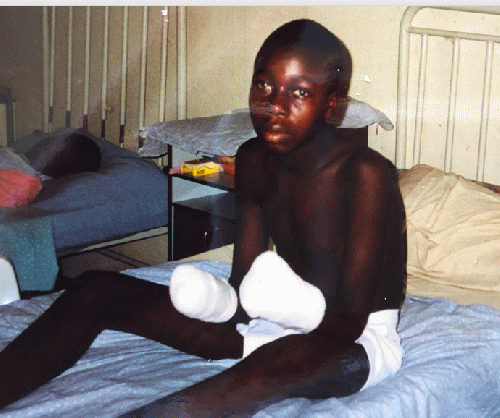Evacuations of American citizens from crisis countries is always difficult and dangerous, as the past 15 days of evacuation of over 124,000 people from Afghanistan demonstrated.
I know how difficult evacuations are because twenty-five years ago, in late May 1997, I was involved in the evacuation of 2500 persons from a violent coup in the West African country of Sierra Leone.
I'm writing this detailed description of the evacuation in Sierra Leone, as it provides some context and comparisons of the challenges and dangers faced in the massive evacuation conducted in Afghanistan which we saw on August 26, 2021 at the Abby gate of the Kabul airport when an ISIS-K suicide bomber detonated a huge amount of explosives on his body that killed over 170 Afghans and 13 U.S. military.
The subsequent retaliatory US drone strike in Kabul against ISIS-K reminded me of an incident our 1997 evacuation from Freetown, Sierra Leone and the violence, potential or in actuality, that can occur during dangerous military operations.
For some context to the coup in Sierra Leone: On May 25, 1997, hundreds of members of the brutal Revolutionary United Front (RUF) had come into the capital city of Freetown, Sierra Leone in the cover of darkness as parts of Sierra Leone's military decided to join forces to overthrow the elected government.
The RUF had been terrorizing villages in the countryside for several years. They burned houses, forced children to watch as their parents and siblings were raped and murdered in front of them. Some kids were forced to hold machetes that were used to kill their own family members. If family members were not killed, they were severely injured by machete chops that cut off hands, arms, legs, ears or noses. Victims were asked, "Do you want a long sleeve or short sleeve?" And accordingly, RUF terrorists would chop off the arm at the wrist or above the elbow.

In April 1997 Sierra Leonean boy in Connaught Hospital Freetown, Sierra Leone. His hands were chopped off by the RUF rebels.
(Image by Ann Wright) Details DMCA
The RUF kidnapped many of the children, forced them to take drugs and to become part of the RUF's child soldiers. Many kids carried/dragged rifles as tall as they were. Drugs were taken orally or rubbed into open cuts with gunpowder added "to increase" the effectiveness of the drugs. This method was a form of poisoning that had further negative mental consequences for the children. After the fall of the coup government a year later, these mental issues had to be addressed by the organizations that tried to deprogram the brigade of child soldiers who were taken from the RUF.
Like in Sierra Leone, in Afghanistan drug usage was a major problem. There are reports of some of the Taliban at checkpoints appearing to be high on drugs and the Afghan national army had problems with drug usage within the ranks. Despite the U.S. spending almost $9 billion on drug eradication in the nineteen years since 2002, poppy production increased each year the U.S. was in Afghanistan. According to the 2018 Special Inspector General for Afghanistan Reconstruction, Afghanistan is the world's largest producer of opium -- with annual exports of between $1.5 and $3 billion each year.
Next Page 1 | 2 | 3 | 4 | 5 | 6 | 7
(Note: You can view every article as one long page if you sign up as an Advocate Member, or higher).





